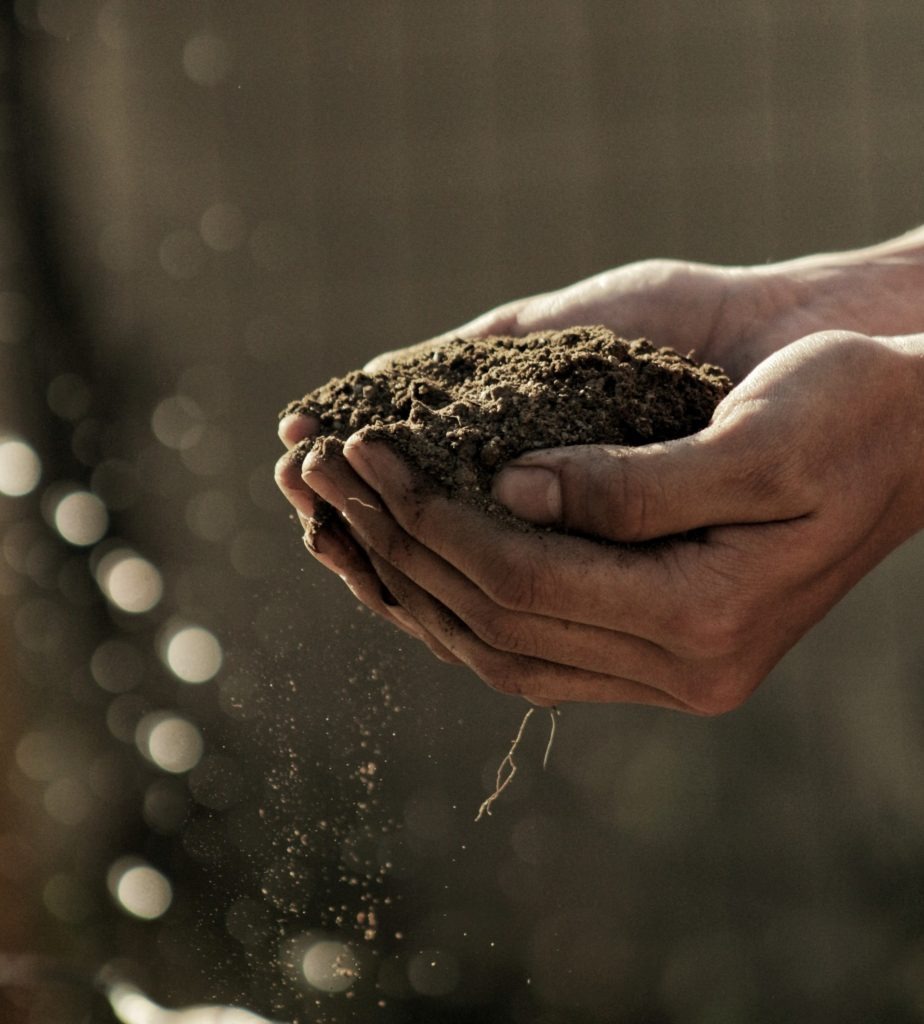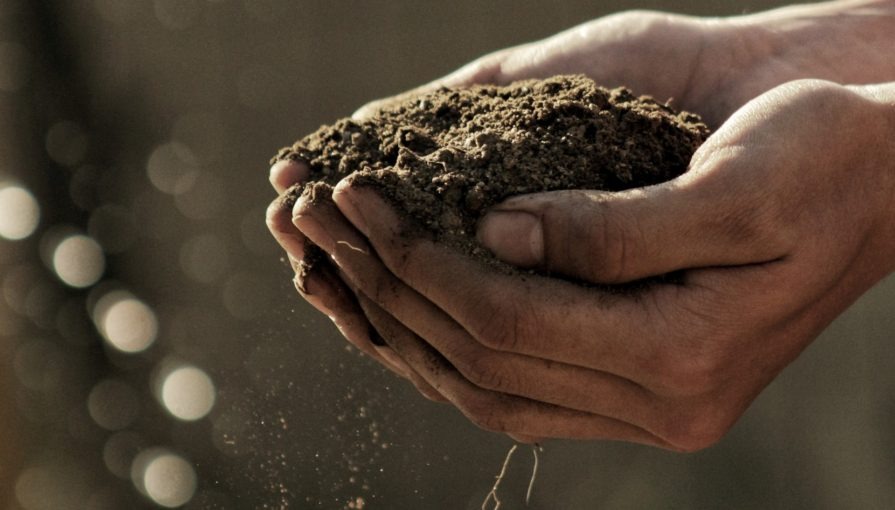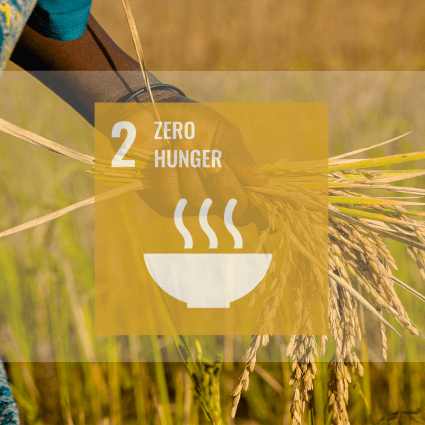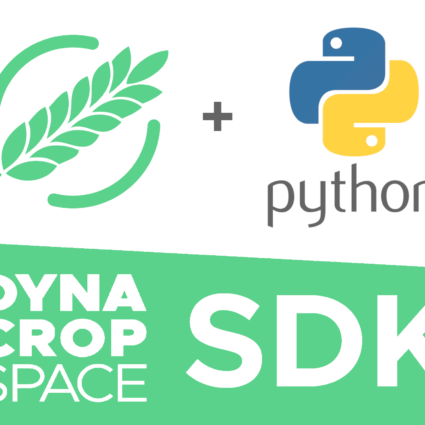Using DynaCrop to cure the soil thanks to catching carbon from the air

Massive-scale agriculture has been linked to all sorts of environmental problems. But with the use of satellite data, this stigma can be flipped so farming can turn to do some good once again.
Agriculture gets a bad rep and is most often said to contribute to the degradation of soil and our ecosystem in general. Because of the nature of large-scale food production, a lot of natural resources are being exhausted in the process. Decrease in soil fertility or soil carbon content, lower water infiltration, shrinking biodiversity, and overuse of pesticides are frequently cited problems. Because of the sheer scale of farming, the agri-food sector accounts for 30% of global GHG emissions.
So how to flip the coin and improve such a negative reputation of agriculture? Regenerative farming is the way to go since it aims not only to do no harm to the soil, surrounding water, and air but to improve them. DynaCrop is ready to bring out and highlight the farms or fields which are capturing enough carbon to get extra income from carbon credits trading companies. Also we bring forth products not only to verify whether farms truly follow regenerative farming practices but we can also measure the efficiency of such practices. It can also indicate which fields desperately need to pick up on regenerative attitudes.
What is regenerative farming?
Regenerative farming is a land management practice that uses photosynthesis in plants to capture carbon from the air and store it underground. That means less CO2 in the air but also improved soil health. The soil becomes richer of nutrients and the covering crops turn more resilient. As a result, biodiversity thrives both above and below the soil surface, water holding capacity increases, carbon is stored deeper than usual and the soil structure improves. All of this helps farmers to boost soil fertility and productivity while maintaining the natural balance of the ecosystem.

Modern agronomic approach
In particular regenerative farming is carried out by practices like these: No-till or minimum tillage enhances soil aggregation, water infiltration and retention, and carbon sequestration. Utilizing purely organic soil fertility boosters like compost and manure reduces inputs and environmental harm. Crop rotation of ideally picked crop species prevents soil exhaustion. Cover cropping practice means planting some non-profit vegetation after the main harvest. The goal is not to leave the soil bare for a longer period of time. Thus cover crop prevents soil erosion, and water system contamination and increases the amount of captured carbon at the same time.
But how to measure regenerative farming efficiency and how to check wheater selected fields truly follow the principles of regenerative farming?
Satellite mapping brings an answer
DynaCrop offers tools that can count the actual amount of carbon in the soil, show its variations throughout history, and even split a field into different carbon content-based zones. Soil Organic Carbon zones can not only be used for applying manure or compost in the right spot but also to save resources thanks to field sampling optimization if you are about to get a more detailed picture of soil nutrients. With the help of satellite data, you can also calculate the bio-mass value of crops, further giving an insight into potential future carbon capture. This is extremely valuable if you want to be financially supported for sequestered carbon.
Other products supportive for regenerative farming are water availability monitoring (Soil Moisture Index or NDMI) and bare ground detection (based on vegetation indices statistics). After switching to regenerative agriculture a positive change in a long-term trend of primary productivity can be observed (e.g. NDVI, LAI).

Regenerative agriculture is a great win-win concept: when correctly applied you get bigger yields while saving the costs for fertilizing and tillage and you are curing the environment at the same time. But it is difficult to get its benefits with no data. Fortunately, there is DynaCrop, so you can easily enjoy the profits from carbon capture. And who knows, with enough data to influence your cropping, you may very well turn organic (zero fertilizer) in the coming future!
You can find out more about these products by either visiting the documentation page or contacting us. You can follow our LinkedIn page to stay up to date with the latest news on our ongoing work.
Elaborated in the framework of the EuroGEO e-shape project. The e-shape project has received funding from the European Union’s Horizon 2020 research and innovation programme under grant agreement 820852.





